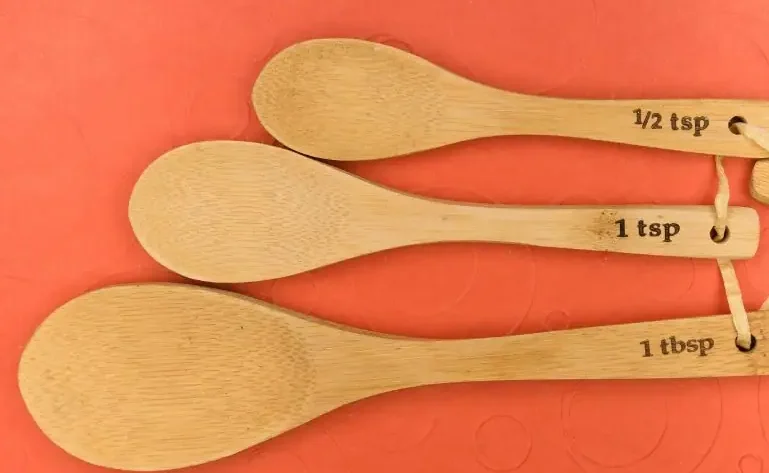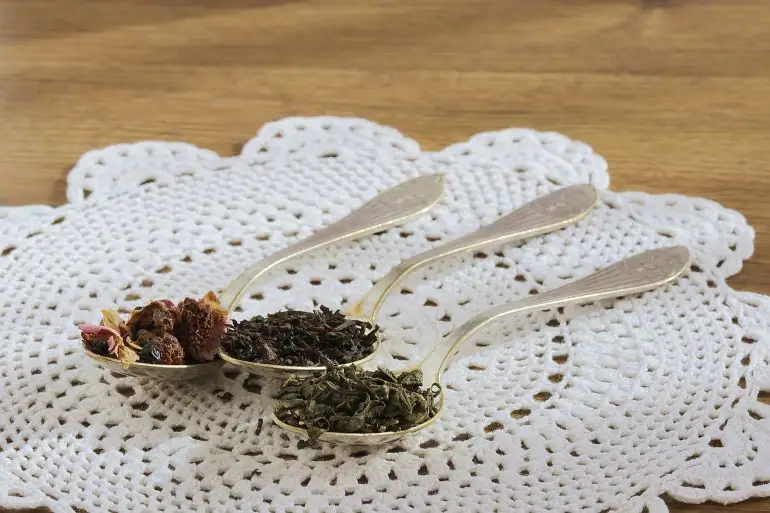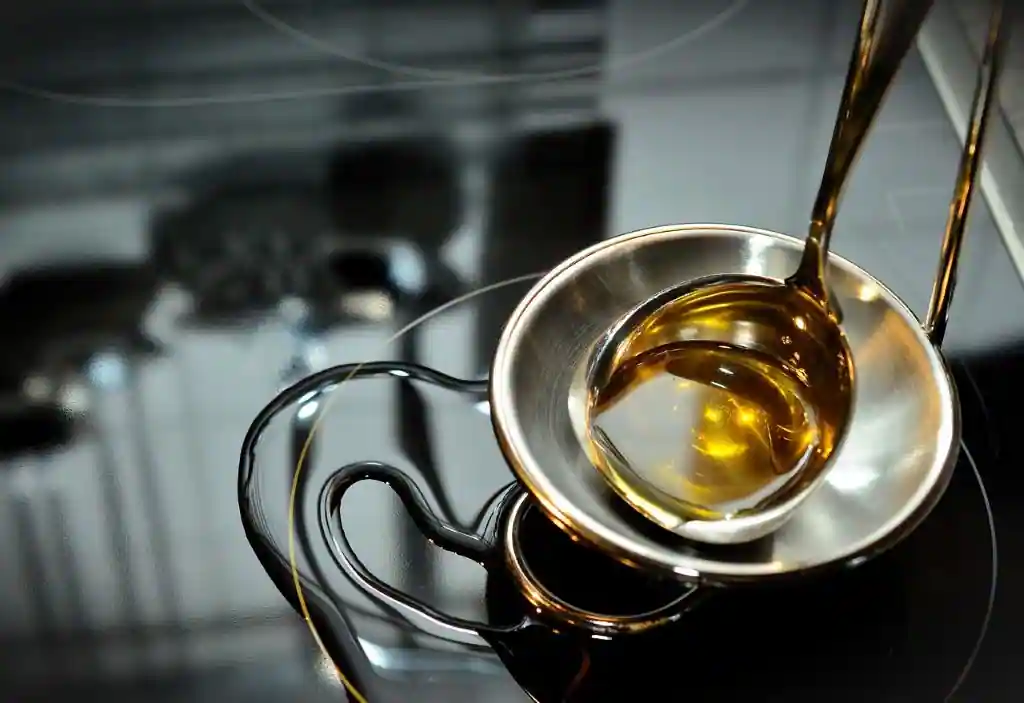Are you a novice in the kitchen, always confused by the abbreviations and measurements used in recipes? Look no further! In this article, we will demystify the often-used term “tsp” in cooking. Whether you’re an experienced cook looking for a quick refresher or just starting out on your culinary journey, understanding the meaning and usage of tsp will prove invaluable in your kitchen adventures. So let’s unravel the mystery and discover the true essence of tsp in cooking!

What is Tsp in Cooking?
If you’ve ever followed a recipe or spent any time in the kitchen, you’ve probably come across the abbreviation “tsp.” But what exactly does tsp stand for, and what does it mean in the context of cooking? In this article, we will explore the definition of tsp, how it is used in cooking, its benefits and drawbacks, as well as some tips for using tsp effectively and safely. So, let’s dig in and discover the wonders of tsp in cooking!
Definition of Tsp
Tsp is an abbreviation for teaspoon, which is a common unit of measurement in both cooking and baking. A teaspoon is a volume measurement and is approximately equal to 1/3 of a tablespoon or 5 milliliters (ml). It is denoted by the symbol “tsp” and is often used to measure small amounts of ingredients such as spices, extracts, and liquids.
Measurement Conversion
To better understand the significance of tsp in cooking, it’s helpful to know some common measurement conversions. For instance, there are 3 teaspoons in a tablespoon (tbsp), and 48 teaspoons in a cup. This means that if a recipe calls for 2 tablespoons of an ingredient, you can easily convert it to teaspoons by multiplying 2 by 3, resulting in 6 teaspoons. Understanding these conversions allows you to navigate various recipes with ease and accuracy.
Here are some commonly accepted conversions.
| Measurement | Equivalent |
|---|---|
| Tad | 1/4 teaspoon |
| Dash | 1/8 teaspoon (1/2 tad) |
| Pinch | 1/16 teaspoon (1/2 dash) |
| Smidgen | 1/32 teaspoon (1/2 pinch) |
| Drop | 1/64 teaspoon (1/2 smidgen) |
Common Uses of Tsp
Tsp is a versatile unit of measurement that finds its way into a wide range of recipes. From savory dishes to sweet treats, tsp is commonly used to add just the right amount of flavor to your culinary creations. A pinch of salt, a dash of cinnamon, or a teaspoon of vanilla extract can make all the difference in enhancing the taste and aroma of your dishes.
Whether you’re baking a batch of cookies, whipping up a sauce, or seasoning a savory stew, tsp measurements guide you in achieving the perfect balance of flavors.
Tsp as an Ingredient
In addition to being a tool for measuring ingredients, tsp can also be an ingredient itself. Some recipes call for a specific amount of tsp to add a distinct element to the dish. For example, a teaspoon of baking powder can give your cakes and muffins a light and fluffy texture, while a teaspoon of yeast is essential for making bread rise. It’s important to follow such recipes precisely to ensure the desired outcome of your culinary masterpiece.
Substitutes for Tsp
While tsp is a widely used measurement in cooking, there may be instances where you find yourself without a teaspoon or needing to replace it with another unit of measurement. In such cases, it’s handy to know some substitutions. One tablespoon can be a substitute for three teaspoons, so you can use a tablespoon to measure out the equivalent of a teaspoon when needed.
It’s important to note that using varying measurements may slightly alter the taste, texture, or overall outcome of your dish, so it’s best to stick to the original recipe whenever possible.

Benefits of Using Tsp
The use of tsp in cooking offers several advantages. Firstly, it allows for precise and consistent measurement, ensuring the right amount of an ingredient to your recipe. This accuracy is especially crucial when working with delicate flavors or potent spices, where even a small difference in quantity can significantly impact the taste of your dish.
Secondly, tsp measurements are standardized and widely recognized in recipes, making it easier for home cooks and professional chefs alike to follow and recreate dishes consistently.

Drawbacks of Using Tsp
Despite its benefits, tsp does have some drawbacks. One of the main challenges is the potential for inconsistency in measuring. Different teaspoons may hold slightly different amounts, leading to variations in the final result.
Additionally, using tsp for large quantities may become time-consuming and impractical. In such cases, it may be more efficient to switch to larger units of measurement, such as tablespoons or cups. It’s important to consider the context and needs of your recipe to determine the best measurement unit to use.
Tips for Using Tsp
To make the most of tsp measurements, here are some tips to keep in mind:
- Level your tsp: When measuring dry ingredients, use the back of a knife or a straight-edge spatula to level off the top of the spoon, ensuring an accurate measurement.
- Replace old or worn-out teaspoons: Over time, teaspoons may lose their shape and become inaccurate. Consider investing in a good set of measuring spoons to maintain precision in your cooking.
- Keep multiple teaspoons on hand: Having a set of teaspoons readily available allows for quicker and seamless measuring, especially when working with multiple ingredients.
- Experiment with different spices: Tsp measurements provide an excellent opportunity to explore the world of spices and flavors. Don’t be afraid to try new combinations and adjust the amounts according to your personal taste preferences.
Health and Safety Considerations
While tsp measurements play a vital role in cooking, it’s essential to consider health and safety guidelines. For instance, when adding spices, herbs, or other flavorful ingredients, be aware of potential allergies or sensitivities. It’s always a good idea to inform your guests or diners about the inclusion of certain ingredients, especially if they are known to cause allergic reactions.
Additionally, be cautious when handling potentially harmful substances, such as strong acids or cleaning agents, to avoid accidental ingestion or exposure.

Conclusion
In conclusion, tsp is a fundamental unit of measurement in cooking. It provides precision, consistency, and convenience during the preparation of various recipes. Whether you’re a seasoned chef or just starting your culinary journey, understanding tsp and its uses can unlock a world of possibilities in the kitchen. So next time you come across tsp in a recipe, embrace it as your culinary companion and enjoy the process of exploring new flavors and creating delicious dishes. Happy cooking!



